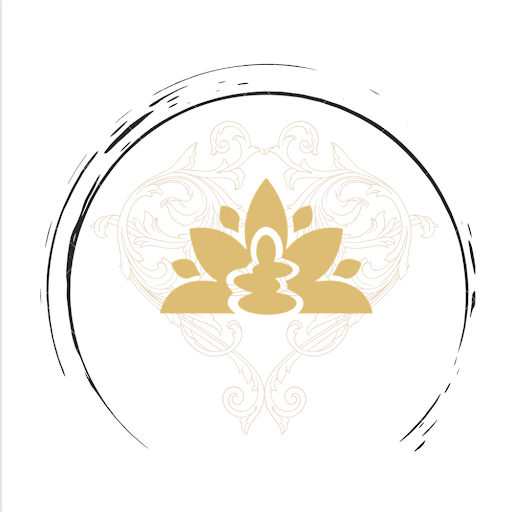Magha Puja (Sangha Day) is the second most important Theravada Buddhist festival that commemorates the spontaneous gathering of 1,250 Arahants (awakened monks), to whom the Buddha delivered the exhortation on the basis of the discipline (Ovada Patimokkha). It is a day that honors the Sangha, or Buddhist spiritual community.
It contains the four auspicious occasions that occurred nine months after the Buddha’s enlightenment and have been celebrated for over 2,500 years, which are: the full moon day of the third lunar month, the spontaneous arrival of 1,250 Arahants to see Buddha, the ordination of all of the Arahants by the Buddha himself, and the Buddha’s sermon called the Ovada Patimokkha.
For the festival, lay people often visit temples to give offerings to monks and nuns, and monastics chant the Ovada-Patimokkha Gatha, which is a summary of the Buddha's teachings. Sometimes there will also be solemn candlelight processions.
One of the most elaborate observances of Magha is at the Shwedagon Pagoda in Yangon, Burma, where there is a non-stop, 10-day recital of Pathana, Buddhist teachings on the twenty-four causes of worldly phenomena as taught in the Pali Abhidhamma.
The Office of Spiritual and Religious life wishes all of those celebrating Sangha Day a time of wisdom and connection with community.
Sources:
O’Brien, Barbara. “The Buddhist Holiday of Magha Puja or Sangha Day.” Learning Religions. July 27, 2018.
“Magha Puja: the light of Peace Ceremony.” Dhammakaya Foundation. 2022.
“Resilience: Multifaith Calendar 2022.” Multifaith Action Society. 2022.

